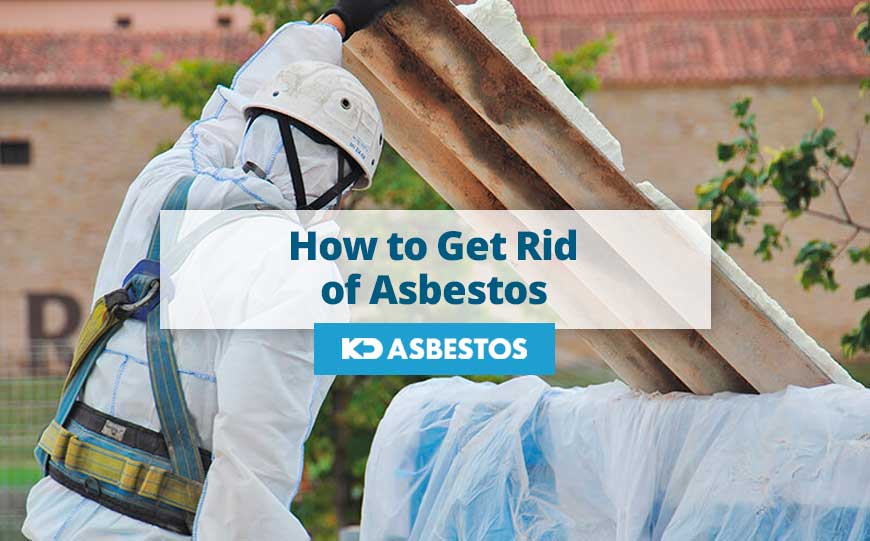
Asbestos is very dangerous, and whenever there is the possibility that it might be present, it is critical to know how to act.
From carrying out tests on samples, to removing it and disposing of it adequately and safely.
It is crucial to leave the job in the hands of a professional asbestos abatement company.
Table of Contents
What is Asbestos?
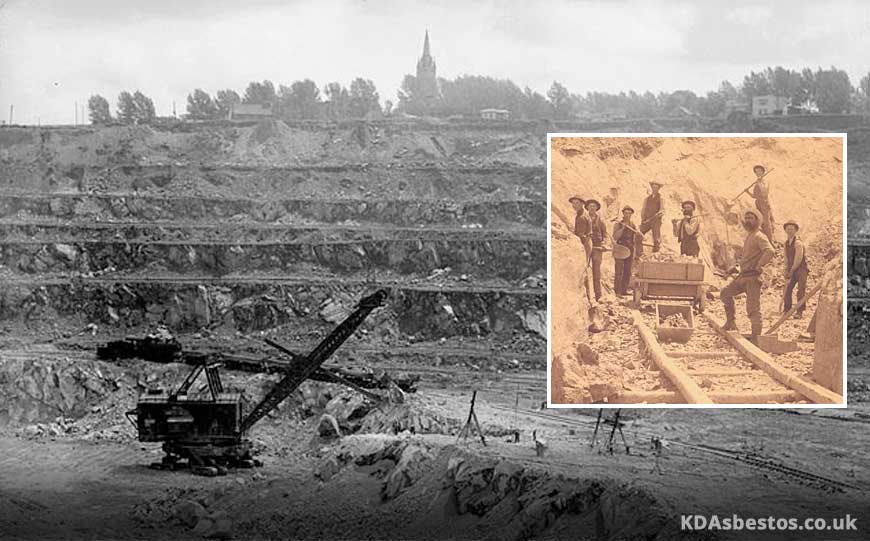
Asbestos was used in various kinds of building materials to make them stronger and fire resistant, among others.
Indeed, the properties of asbestos made its use very common and widespread.
It was only banned a few decades ago once it became known how dangerous it really is.
Improper handling of, or exposure to, asbestos containing materials can lead to the inhalation of asbestos fibres.
This in turn could lead to the development of asbestos related diseases, such as lung cancer, asbestosis and mesothelioma cancer.
Identifying Asbestos
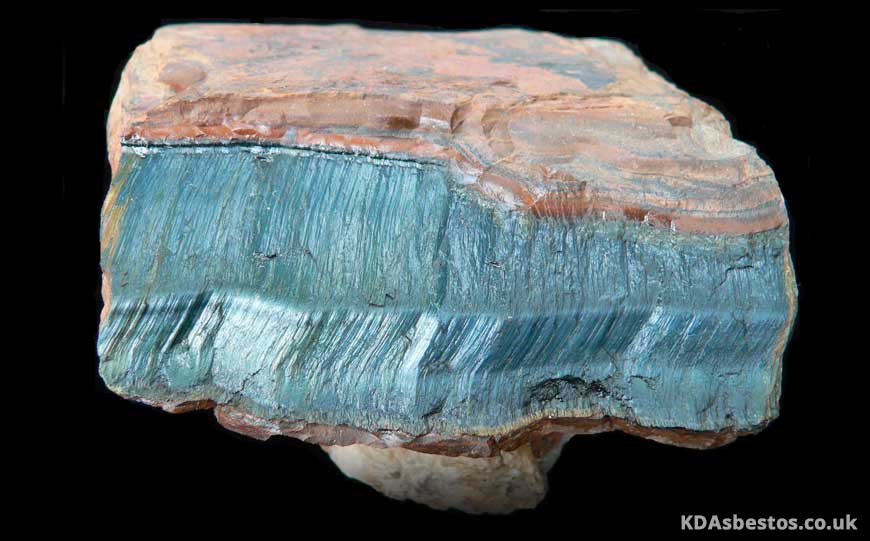
Asbestos fibres are microscopic, and hence they are not visible to the naked eye.
However, you could find asbestos in a whole range of materials and products.
This is especially true if the property was built or renovated prior to the time when asbestos was banned.
Asbestos was banned in the UK in 1999, and so anything prior to this could potentially contain asbestos.
Asbestos could be present in:
- the lining of ceilings and walls
- soffits and gutters
- floor tiles
- decorative finishes i.e artex
- spray coatings
- insulation panels
- central heating and boiler flues
- garage roofs or shed roofs
In order to identify asbestos presence in your building or not, you will need to have an asbestos surveyor or licensed contractor to check out the premises and take samples.
Meanwhile, always avoid touching or manipulating materials that might possibly contain asbestos.
This is especially the case when they are in a bad condition and could easily become friable.
Anything that could lead to the release of asbestos fibres needs to be avoided at all costs.
This includes sanding, drilling, sawing, screwing or nailing.
Why Dispose of Asbestos?
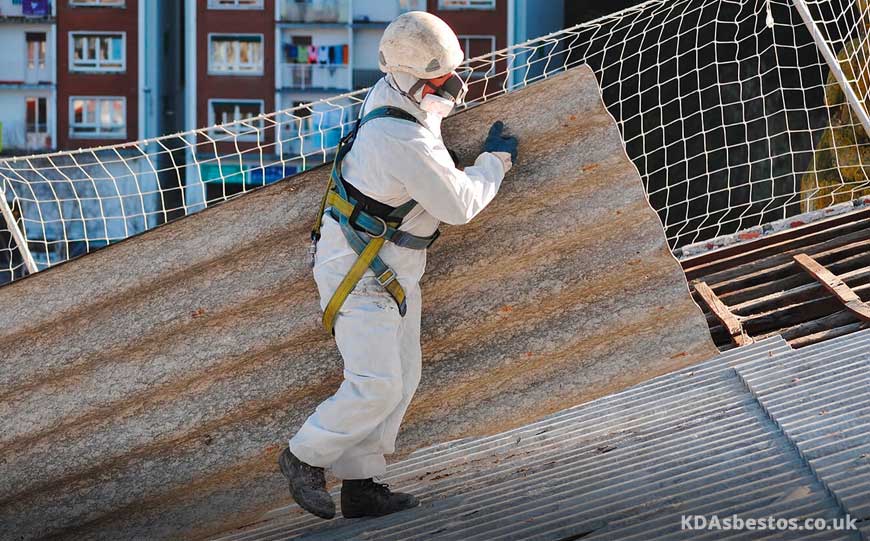
Asbestos is very dangerous, and hence it needs to be properly disposed of.
There are rules that govern the disposal of asbestos.
You cannot simply dump any asbestos containing materials or waste in the household waste or recycling collections.
A contractor will need to be contacted to collect the asbestos, and you need to make sure that it is a licensed asbestos removal contractor.
The waste will be placed in suitable bags and wrapped safely, and then disposed of in a licensed hazardous waste disposal site.
Importance of Handling Asbestos Safely
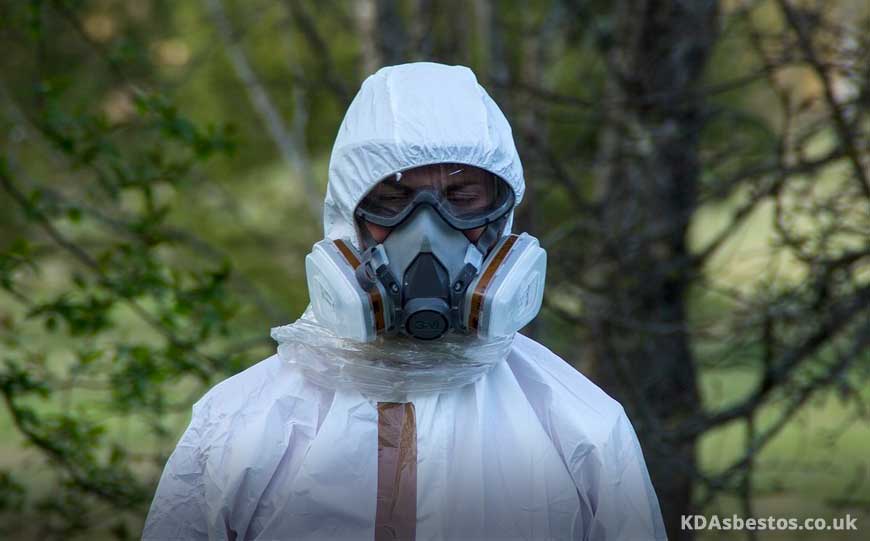
As asbestos fibres are extremely hazardous since it was found that they are deadly carcinogens, any materials need to be handled with great care and following strict rules.
First of all, it is highly recommended to avoid attempting to disturb, handle, or remove any asbestos containing materials yourself.
The matter becomes even more serious if the material is friable.
That is, it can easily break down into smaller parts and potentially release microscopic asbestos fibres.
The dust particles released in the air are the most dangerous scenario.
Asbestos Related Diseases
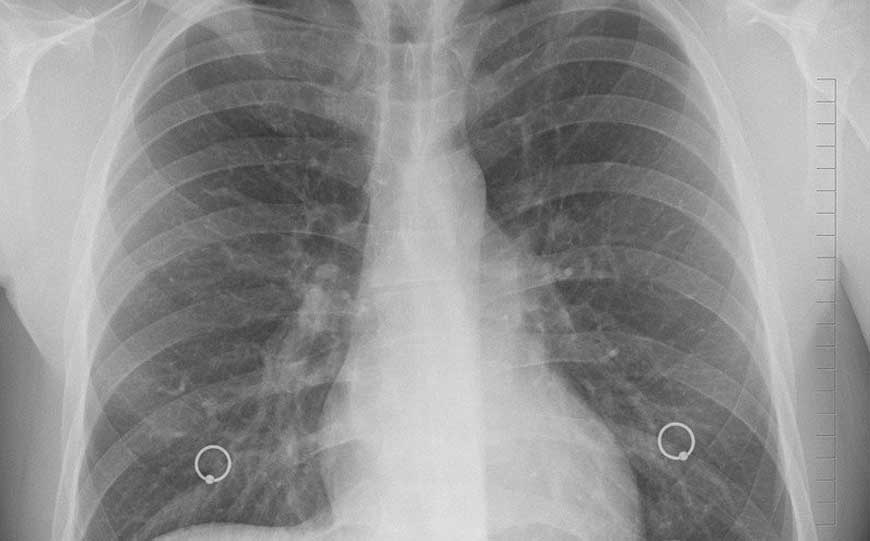
Image source: https://pixabay.com/photos/diagnosis-xray-chest-lungs-ribs-1476620/
When inhaling asbestos fibres there is a high probability of developing asbestos-related diseases over the years.
The risk is higher for workers who spent a considerable long amount of time working on asbestos containing materials, especially if they did not wear protective gear.
Disease symptoms take a long time to appear, approximately 20 to 30 years after the exposure to asbestos took place.
Asbestos related diseases include:
- mesothelioma (cancer)
- lung cancer
- asbestosis
Unfortunately, there is no cure for any of these diseases as yet.
How to Remove & Dispose of Asbestos
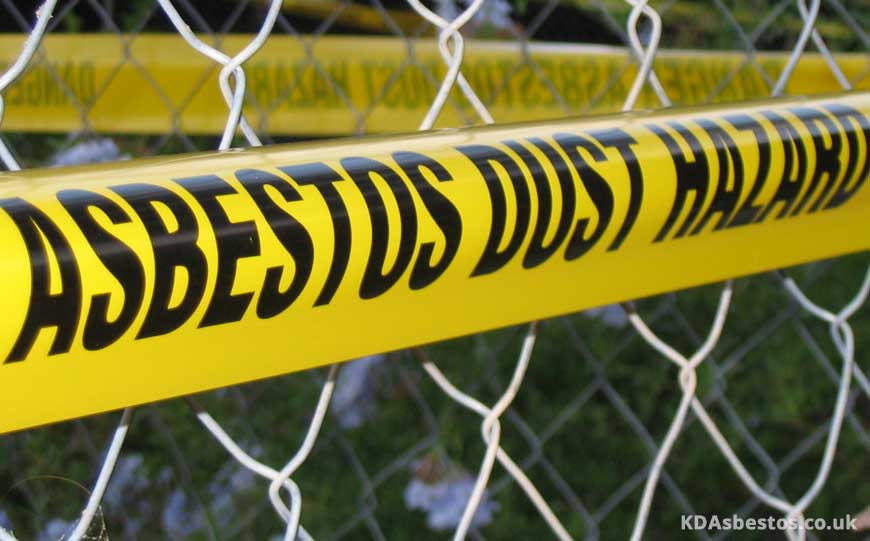
A licensed professional will commence by assessing the possible asbestos containing materials, and carry out sampling.
If asbestos is indeed present, the size and severity of the abatement project shall be discussed and planned.
Thereafter the work area will need to be sealed off properly, using plastic sheeting and negative air pressure units.
Warning signs will be placed, and any other surfaces will need to be covered up.
The wetting of the materials to prevent the release of the fibres is of utmost importance, and a HEPA vacuum will be used in most cases to clean up the area well afterwards.
All workers will need to wear personal safety protection including protective clothing and respirators.
HVAC systems will need to be disabled during the task.
As you can imagine, it is a very rigorous task that involves great care and responsibility.
Thus it is crucial to leave such a job to someone who can handle it expertly.
Using a Licensed Asbestos Contractor
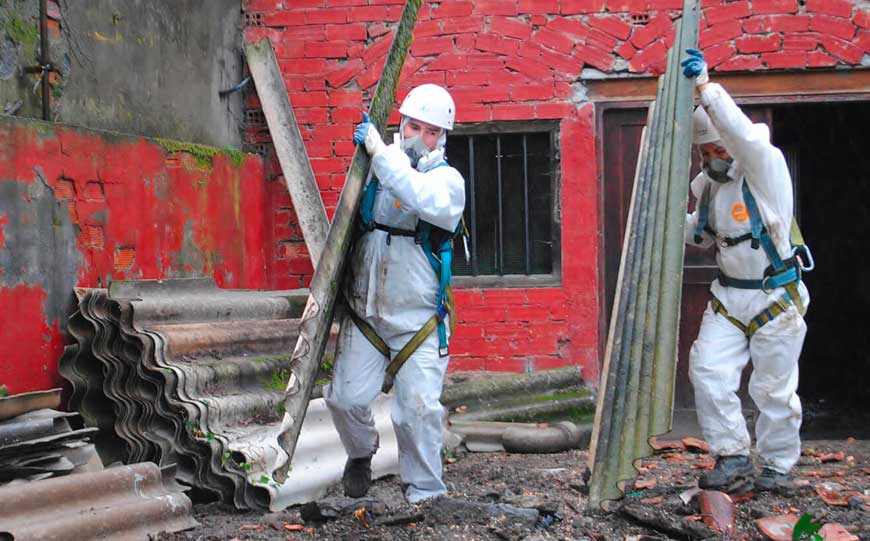
A licensed professional should be hired to deal with the job as safely as possible.
Such a contractor will have the necessary tools and equipment to carry out the job safely, as well as the experience necessary.
There are a number of certified professionals who follow the governing laws on asbestos abatement and disposal that you can employ.
Besides the health risks associated with asbestos, it is better to leave the job in the hands of a professional.
If not, you could easily end up breaking one of the numerous laws which regulate asbestos, and have to face a serious penalty.
Using Local Council Asbestos Collection Services
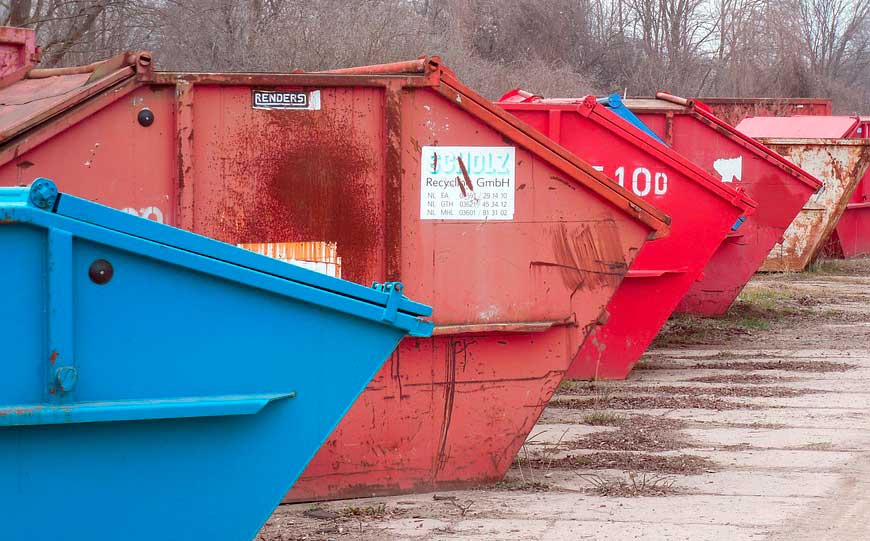
You may wish to check whether your local council provides a collection service for asbestos waste.
This is often available at a subsidised cost.
However, be aware that there is generally a limit to how much waste can be taken by them.
In cases where there is a considerable amount of asbestos present, you are far better off contacting a licensed asbestos contractor.
They will take full responsibility for the removal and disposal of asbestos, from start to finish.
Conclusion
Getting rid of asbestos can be done both by means of a licensed asbestos contractor or where permitted, using a local council asbestos collection service.
Either way, the most important thing is that it is disposed of properly and safely.
There is also the more recent option of having asbestos recycled, thanks to relatively new technological advancements.
Make sure to always seek expert advice so as to ensure that the process is carried out in the best possible manner.